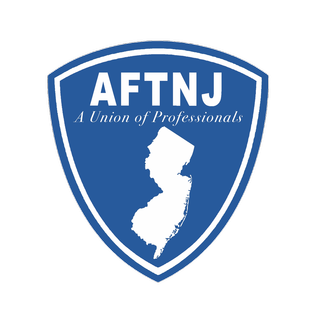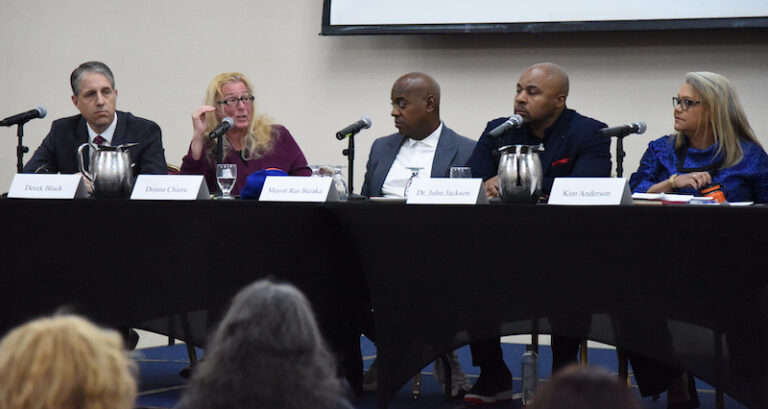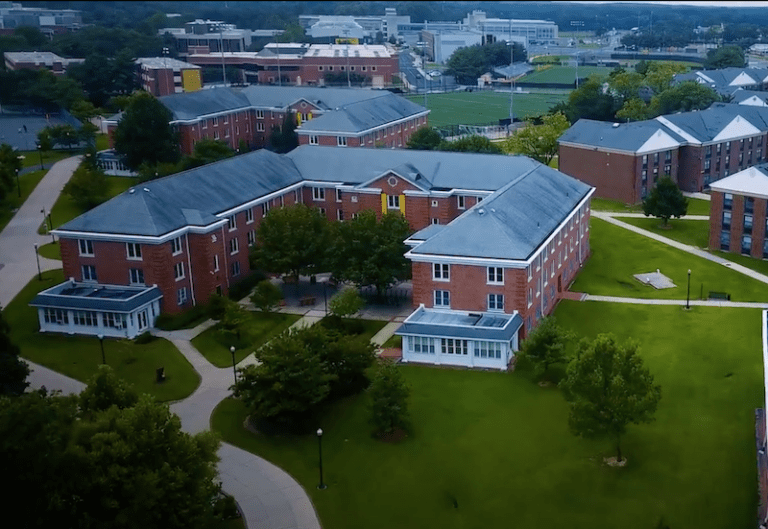By Colleen Flaherty
NEW YORK – How can adjunct unions keep their members engaged after their first contracts have been negotiated? And what’s next on various higher education unions’ agendas? Those and other questions were the focus of a session on adjunct organizing at the Coalition of Contingent Academic Labor conference, or COCAL, here Tuesday.
[…]Donna Nebenzahl, adjunct professor of journalism at Concordia University in Montreal and part of its Part-Time Faculty Association, said adjuncts at her institution have made that leap and are reaping the benefits. Concordia adjuncts have strategically sought over time to “permeate” the university’s governance structure, and serve – with compensation – on committees of all kinds, including hiring committees. That visibility has bred respect from the administration, she said, which is demonstrated by contract wins such as a $240,000 professional development fund specifically for part-time faculty. The Concordia part-time faculty union is one of Quebec’s largest, with 1,000 members.
One adjunct professor of American languages from Rutgers University at Newark, Richard Gomes, said he was stunned by that figure, since he has trouble drumming up interest among his colleagues in a $25,000 professional development fund. Without sufficient interest, he said, there’s no way that fund will grow. Nebenzahl said her union promotes the fund through trice-yearly application periods and presentations from past recipients. Now, she said, even the university magazine regularly features part-time faculty research projects.
Alyssa Picard, assistant director of the American Federation of Teachers’ higher education department, said it’s also important for chapters to gauge their member outreach through hard metrics. That way, she said, the organizers have a sense of adjuncts’ level of engagement after bids are successful, when the tedium of actual negotiations sets in. The union represents about 70,000 part-time faculty members nationwide, many in units along with full-time and tenure-line faculty members.
More>>



